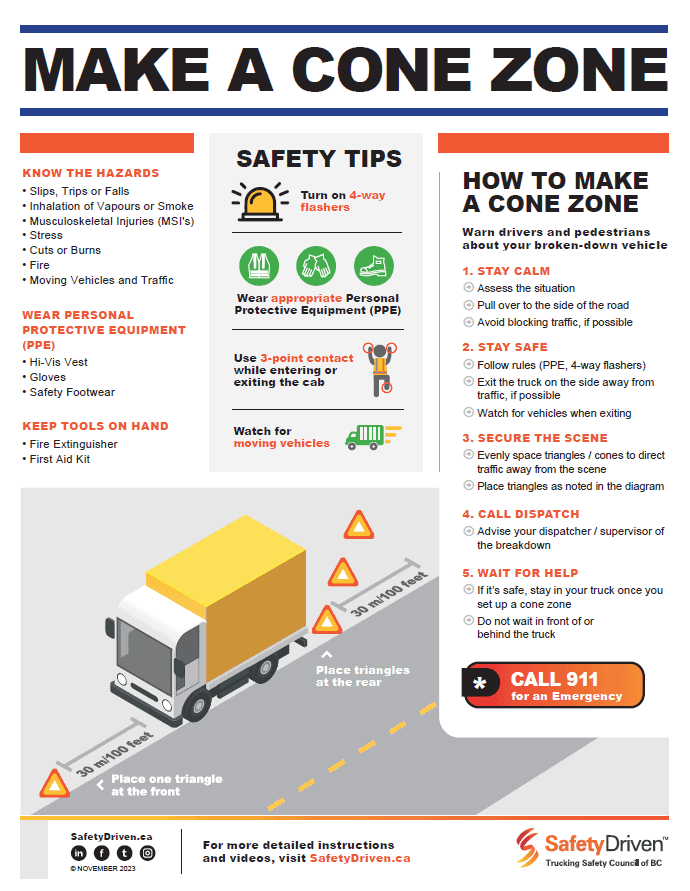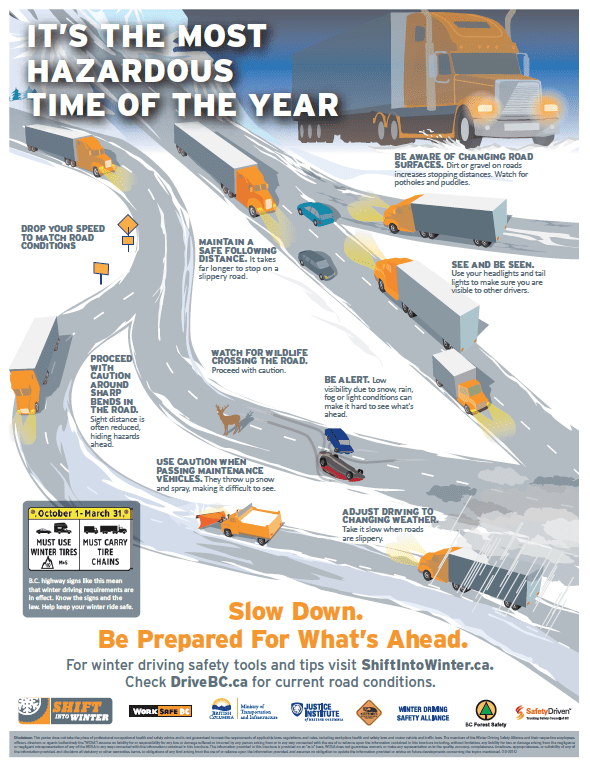Raise the ‘Awareness’ in RSI Day
What is Repetitive Strain Injury and how does it affect your operation?
Source: www.ccohs.ca
International Repetitive Strain Injury (RSI) Awareness Day is February 29th (this year February 28). As the only “non-repetitive” day of the year, it’s the ideal date to devote to raising awareness of repetitive strain injuries. Here are some tips to help identify and avoid the patterns that can lead to these injuries.
What is an RSI?
Also known as musculoskeletal disorders (MSDs), repetitive strain injuries (RSI) describe a family of painful disorders affecting tendons, muscles, nerves and joints in the neck, upper and lower back, chest, shoulders, arms and hands. MSDs are the most frequent type of lost-time injury and the single largest source of lost-time costs in Canada.
Risk Factors
Gripping, holding, bending, twisting, clenching, and reaching – these ordinary movements that we naturally make every day are not particularly harmful in the activities of our daily lives. What can make them hazardous in work situations though, is the continual repetition of the movements. Other contributing work factors may include awkward postures and fixed body positions, excessive force concentrated on small parts of the body such as the hand or wrist, vibrations, a fast pace of work with insufficient breaks or recovery time, and psychosocial factors such as stress.
Generally, none of these factors acts separately to cause MSDs. MSDs frequently occur as a result of a combination and interaction of factors. Over time these common actions can affect the muscles, tendons and nerves, resulting in pain, weakness, aches, tingling and numbness.
Tips for Employers
Eliminating hazards at the source is the most effective solution. Employers should focus on avoiding repetitive patterns of work through job design changes, such as:
- Automating tasks with technology and mechanization
- Rotating jobs and tasks
- Distributing work evenly between team workers
- Increasing the variety of tasks in a job
- If the elimination of repetitive patterns isn’t possible then employers can use a number of prevention strategies:
Workplace design: Fitting the workstation to the worker assistive devices: Using carts, hoists, or other mechanical handling devices
Work practices: Training workers, allowing rest periods, and giving workers more control
Tool and equipment design: Providing proper tools that decrease the force and avoid awkward positions
Know the Symptoms
RSIs take time to develop so it is important to watch for the signs. Pain, joint stiffness, muscle tightness, redness, swelling of an affected area, numbness, “pins and needles” sensations and skin colour changes are all possible symptoms of injury. Because most work activities require the use of arms and hands, many MSDs affect the hands, wrists, elbows, neck and shoulders. However, work using the lower body can lead to MSDs of the legs, hips, ankles, and feet, and some back problems can also result from repetitive activities. The pain from these disorders can be felt during work or at rest.
Awareness of the causes of RSIs and developing a prevention program is essential. Inform and train workers, encourage early reporting of symptoms and identify and control job-related risk factors.
CCOHS Resources:
- International RSI Awareness Day
- Musculoskeletal Disorders
- Musculoskeletal Infographic (PDF)
- Musculoskeletal Disorders Fast Facts Card
- Musculoskeletal Disorders (MSD) Prevention Manual
- Office Ergonomics Safety Guide
- Work-related Musculoskeletal Disorders (WMSDs) fact sheet
- Work-related Musculoskeletal Disorders (WMSDs) – Risk Factors fact sheet
Latest Resources
Make a Cone Zone
Dowload this poster for tips on how to make a safe cone zone.Winter Hazards Poster
Drivers need to recognize winter hazards. Share this poster to remind drivers how to ...

